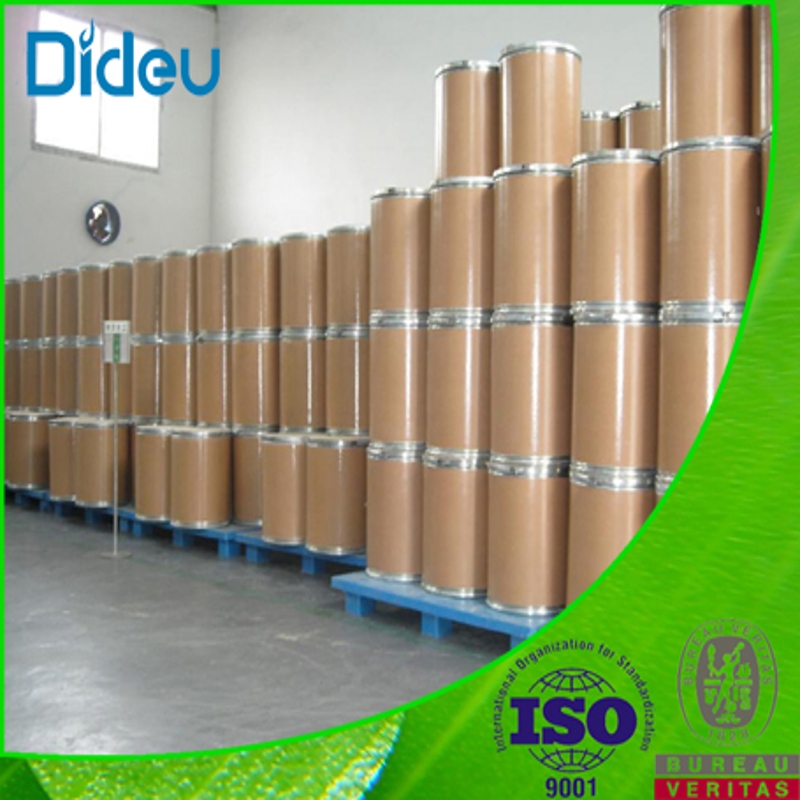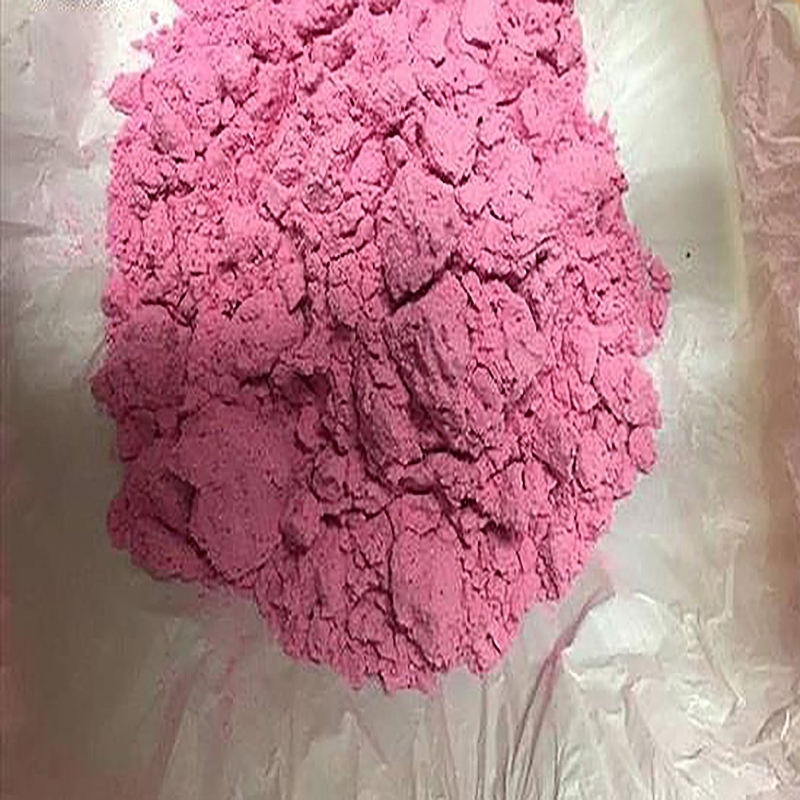Med Sci Sports Exerc: The Importance of Exercise Intensity in Chronic Nonspecific Back Pain Recovery
-
Last Update: 2020-07-10
-
Source: Internet
-
Author: User
Search more information of high quality chemicals, good prices and reliable suppliers, visit
www.echemi.com
Exercise therapy (ET) is promoted as a treatment for chronic nonspecific low back pain (CNSLBP)However, the therapeutic effect is still lowIn other chronic diseases, high-intensity training improved significantly in general health-related and disease-specific outcomes compared to low-intensity ETIt is possible that high-intensity training can also improve the effectiveness of CNSLBPThe purpose of this study was to compare the effects of high-intensity ET programs and similar moderate-intensity ET programs on disability, pain, function, motor ability and abdominal/back muscle strength in patients with CNSLBPin a randomized controlled trial, CNSLBP patients underwent a 12-week ET program (24 sections, 1.5 hours per session, twice a week) under high intensity training (HIT) or moderate intensity training (MIT)At the end of the baseline and training program, questionnaires were conducted to assess disability (modifying the Osvester Index (MODI), And Patient Function (Patient FunctionIng Scale), the cardio movement test for the assessment of motor ability (VO2max, cycle time), and the largest isometric muscle test to assess abdominal/back muscle strength (maximum muscle torque)A total of 38 participants were included in thestudy (HIT:n - 19, MIT:n - 19) (average age, 44.1 years, SD , 9.8, 12 men)There is no difference between groups on the baselineThe inter-group differences (P 0.01) between MODI, V O2max, and cycle times are good for HITThere was an improvement in MODI, V O2max, and cycle time within the group (P01), two groups in MODI (HIT: -64%, MIT: -33%), Numeric Pain Rating Scale (HIT, -56%; MIT, -39%), Patient-Specific Functioning Scale (HIT: 37%, MIT: 39 There was improvement in V-O2max (HIT: 14, MIT: 4%), ride time (HIT: 18%, MIT: 13%) and back muscle strength (HIT: 10%, MIT: 14%), the results of this case show that high-intensity training is a feasible, well-tolerant and effective treatment for CNSLBPMoreover, it has a greater improvement in disability and motor ability than similar ETs performed at medium intensity
This article is an English version of an article which is originally in the Chinese language on echemi.com and is provided for information purposes only.
This website makes no representation or warranty of any kind, either expressed or implied, as to the accuracy, completeness ownership or reliability of
the article or any translations thereof. If you have any concerns or complaints relating to the article, please send an email, providing a detailed
description of the concern or complaint, to
service@echemi.com. A staff member will contact you within 5 working days. Once verified, infringing content
will be removed immediately.







